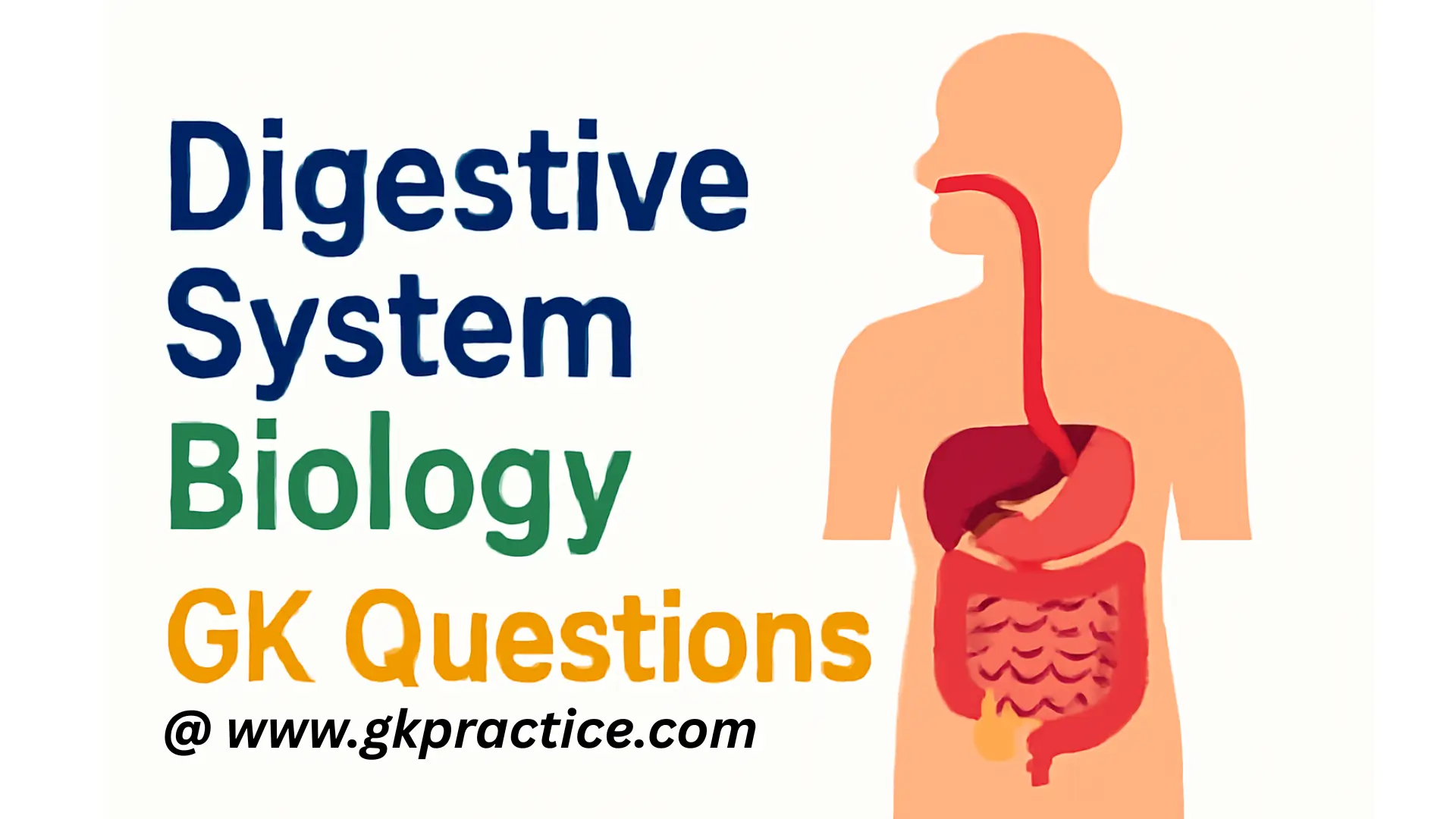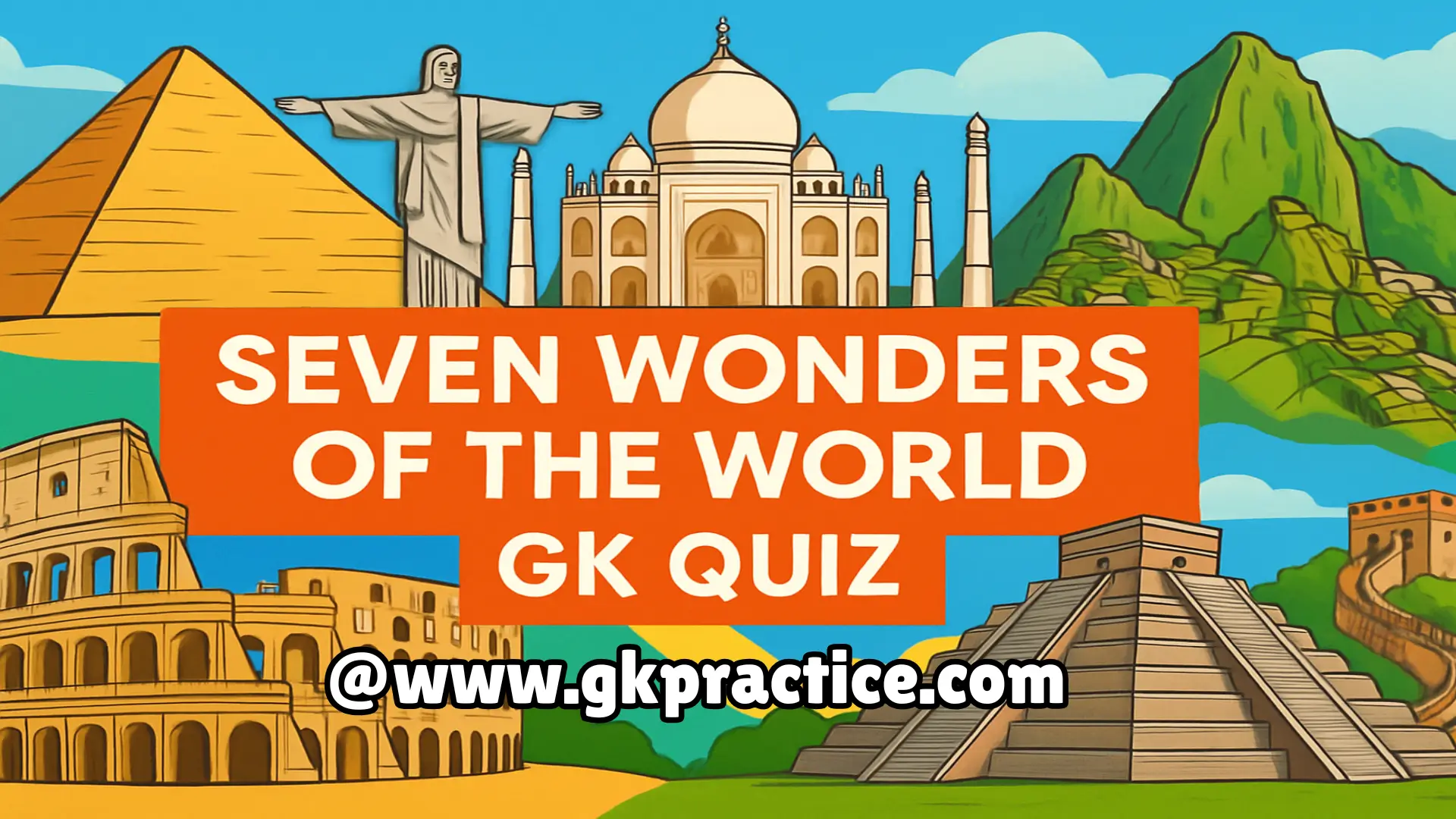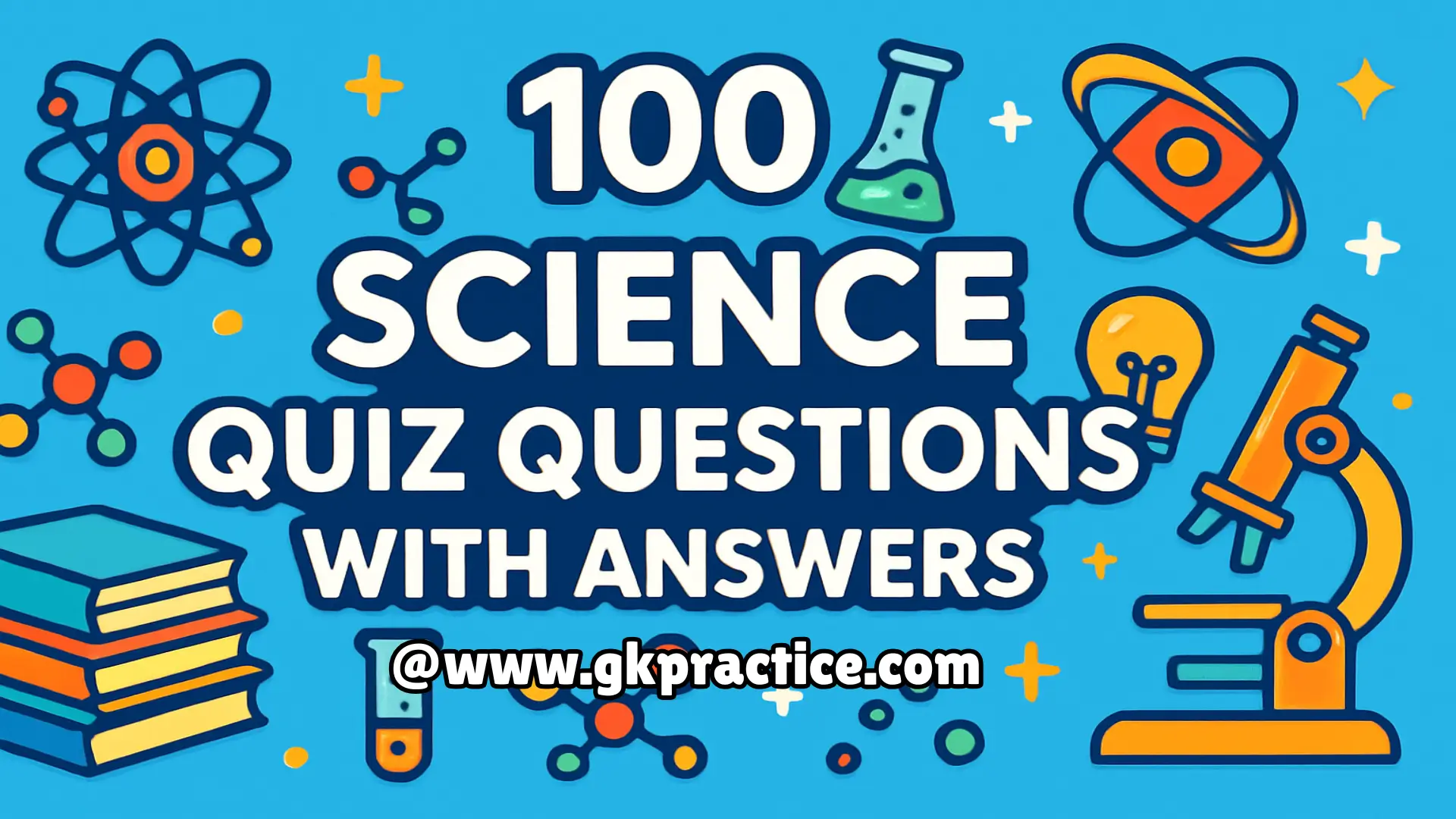Q11. Which hormone primarily stimulates the release of bile from the gallbladder and pancreatic digestive enzymes?
a) Secretin
b) Cholecystokinin (CCK)
c) Gastrin
d) Ghrelin
Explanation: Cholecystokinin is released by duodenal cells when fatty, protein-rich chyme enters the small intestine. It triggers gallbladder contraction to expel bile and stimulates the pancreas to secrete enzyme-rich juice. Together, bile and pancreatic enzymes enable efficient digestion and absorption of fats and proteins in the intestine.
Q12. Which structure most directly increases the absorptive surface area of the small intestine?
a) Rugae
b) Villi
c) Microvilli (brush border)
d) Haustra
Explanation: The small intestine’s surface area is amplified by circular folds, villi, and especially microvilli—microscopic projections on enterocytes forming the brush border. Microvilli host enzymes and transporters that finalize digestion and move nutrients into blood and lymph, making them the most direct surface-area enhancer.
Q13. What is a key function of gut microbiota in the large intestine?
a) Secretion of pepsin
b) Production of bile
c) Synthesis of vitamin K and some B vitamins
d) Digestion of proteins in stomach
Explanation: Beneficial colonic bacteria ferment undigested carbohydrates and help synthesize vitamin K and certain B vitamins, which can be absorbed by the host. They also produce short-chain fatty acids and contribute to immune modulation, while water and electrolyte absorption occurs simultaneously in the large intestine.
Q14. Which carbohydrate is dietary fiber and largely indigestible by human enzymes?
a) Maltose
b) Glycogen
c) Starch (amylose)
d) Cellulose
Explanation: Cellulose is a polysaccharide composed of β-1,4 linked glucose units. Humans lack cellulase, so cellulose resists enzymatic digestion and acts as dietary fiber. It adds bulk to stool, aids peristalsis, and supports colonic health through fermentation by gut microbes into beneficial short-chain fatty acids.
Q15. Where does most digestion of nucleic acids (DNA/RNA) occur?
a) Mouth
b) Stomach
c) Small intestine (duodenum/jejunum)
d) Large intestine
Explanation: Pancreatic nucleases (DNase and RNase) act in the small intestine to hydrolyze nucleic acids into nucleotides, which are further broken down by brush-border enzymes into bases, sugars, and phosphates for absorption. Minimal nucleic acid digestion occurs in the mouth or stomach compared with the intestine.
Q16. Reflux “heartburn” most commonly results from dysfunction of which sphincter?
a) Pyloric sphincter
b) Upper esophageal sphincter
c) Lower esophageal (cardiac) sphincter
d) Ileocecal valve
Explanation: When the lower esophageal sphincter relaxes inappropriately or is weak, acidic gastric contents reflux into the esophagus, causing burning chest discomfort known as heartburn. Persistent reflux can inflame the esophageal lining, leading to esophagitis and potential complications if not managed appropriately.
Q17. Which substance neutralizes acidic chyme entering the duodenum?
a) Pepsin
b) Bicarbonate-rich pancreatic juice
c) Bile pigments
d) Gastrin
Explanation: The pancreas secretes bicarbonate into the duodenum to raise pH and neutralize hydrochloric acid from the stomach. This creates an optimal, less acidic environment for pancreatic and brush-border enzymes, protecting mucosa and enabling efficient digestion of carbohydrates, proteins, and lipids.
Q18. What is the primary role of lacteals within intestinal villi?
a) Absorb amino acids
b) Absorb monosaccharides
c) Absorb fatty acids as chylomicrons
d) Secrete digestive enzymes
Explanation: Lacteals are lymphatic capillaries inside villi that absorb dietary lipids. Enterocytes reassemble fatty acids and monoglycerides into triglycerides, package them as chylomicrons, and release them into lacteals. These lipid-rich particles enter lymph, then the bloodstream, bypassing the hepatic portal circulation initially.
Q19. Which enzyme activates trypsinogen into trypsin in the small intestine?
a) Pepsin
b) Enteropeptidase (enterokinase)
c) Carboxypeptidase
d) Elastase
Explanation: Enteropeptidase, a brush-border enzyme of duodenal mucosa, converts pancreatic trypsinogen to active trypsin. Trypsin then activates additional trypsinogen and other zymogens (chymotrypsinogen, procarboxypeptidase), amplifying proteolysis. This cascade ensures powerful yet controlled protein digestion occurs only within the intestinal lumen.
Q20. Which nerve chiefly mediates “rest-and-digest” parasympathetic stimulation of the gastrointestinal tract?
a) Phrenic nerve
b) Vagus nerve (CN X)
c) Hypoglossal nerve
d) Trigeminal nerve
Explanation: The vagus nerve provides major parasympathetic innervation to the GI tract, enhancing motility, secretion, and blood flow. Vagal activation promotes gastric acid release, pancreatic secretion, and peristalsis—core components of the “rest-and-digest” response that optimize digestion and nutrient absorption after meals.
We hope these Digestive System Biology GK Questions boosted your exam preparation and understanding of human biology. Keep practicing such MCQs to score well in competitive exams.
👉 Don’t forget to subscribe to our YouTube channel for more GK & Biology quizzes:
🔗 GK Practice YouTube Channel
📌 Also, check out these important GK posts:
- Standard Units Of Measurement GK Questions With Answers – GK Practice
- Periodic Table Questions & Answers-Learning Made Easy – GK Practice
- First Persons In Inventions In Physics GK Questions And Answers – Test Your Knowledge – GK Practice
Stay tuned for more biology and general science quizzes to sharpen your knowledge! 🚀







